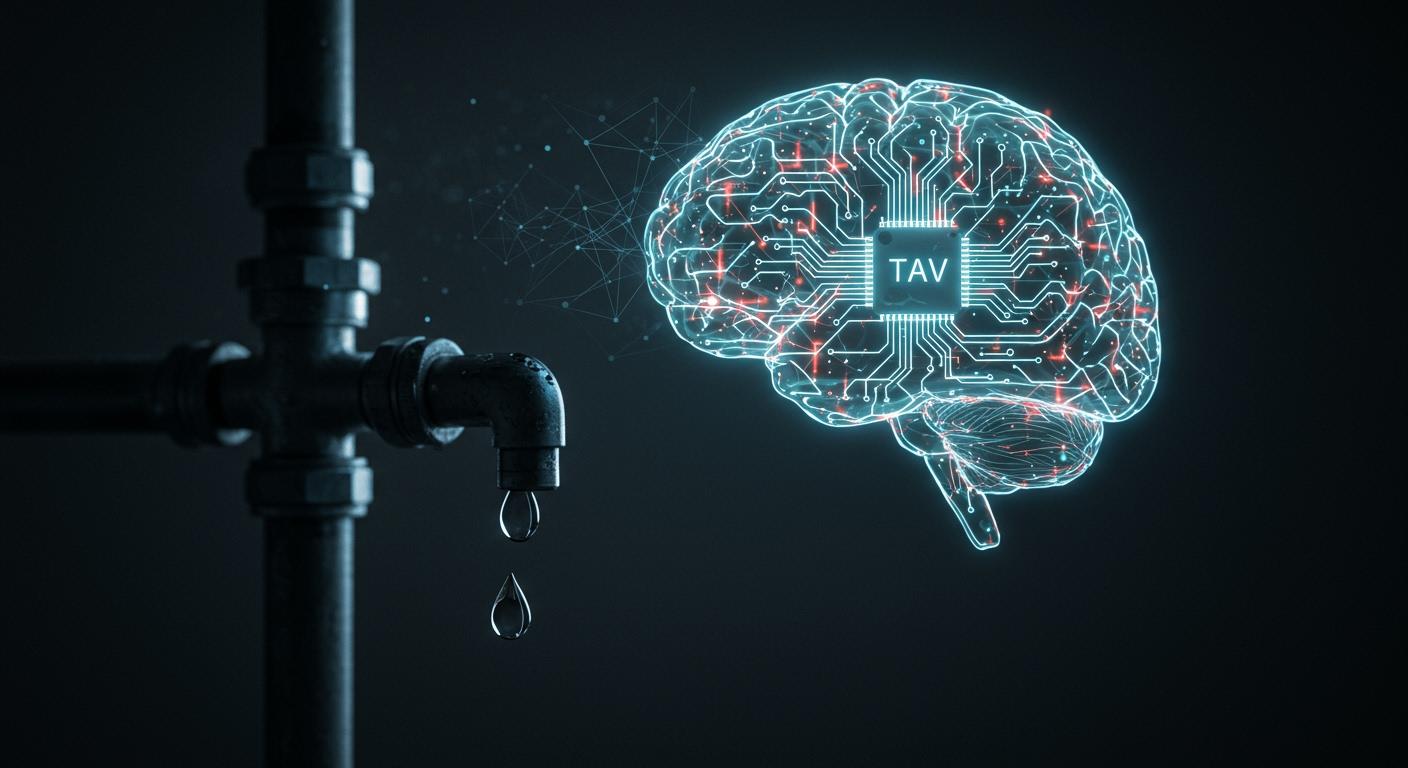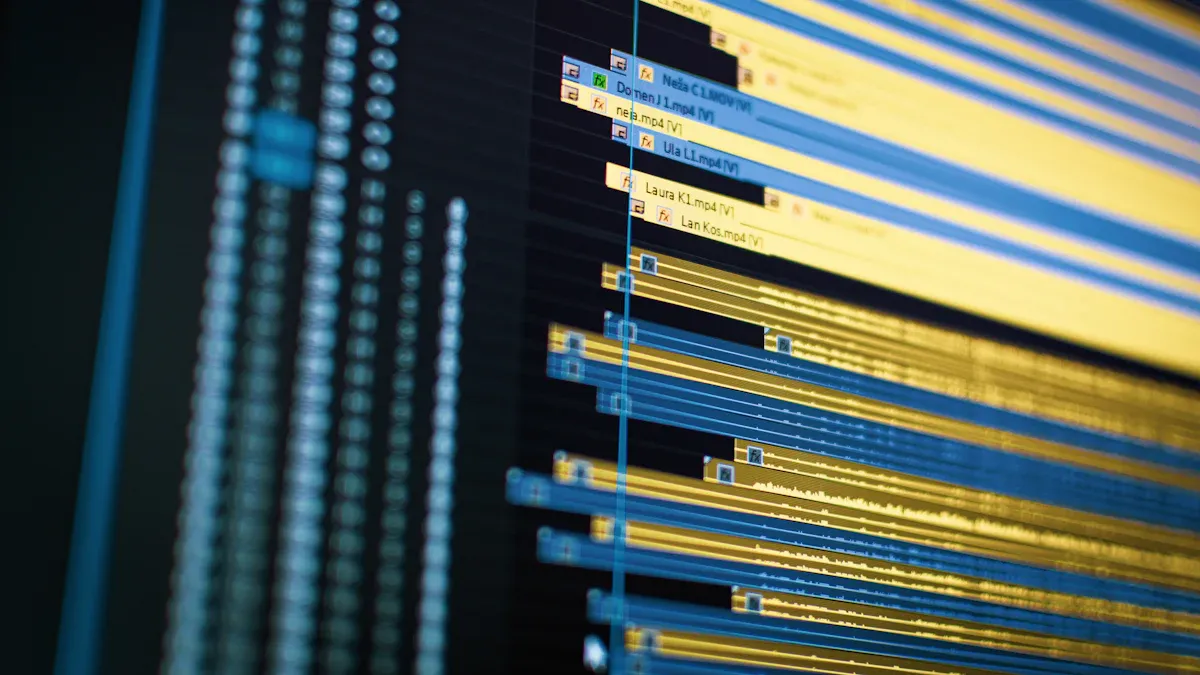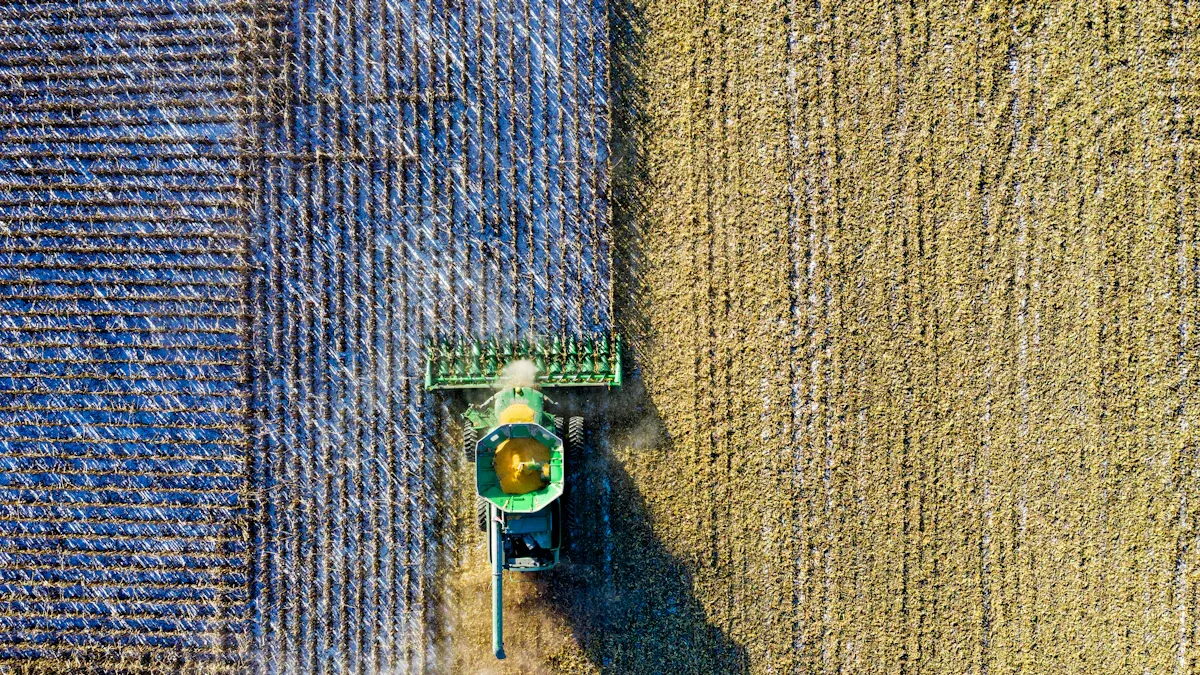
The amazing AI trick for reducing water consumption is predictive color matching. Artificial intelligence creates the perfect dye recipe on the first attempt. This AI capability is critical because textile dyeing is the world's second-largest water polluter. The industry's high water consumption stems from failed attempts in traditional dyeing processes. The AI eliminates these extra dyeing cycles. The AI ensures accuracy from the start. The AI perfects the dyeing. The AI makes dyeing processes efficient. This AI is the solution. The AI works. The AI saves resources.
Optimizing Dyeing Processes with AI

Artificial intelligence transforms traditional dyeing processes into smart, efficient operations. The technology achieves this optimization through two key functions. It predicts perfect recipes and provides real-time control. This combination ensures high quality and saves massive amounts of water.
Predictive Recipe Formulation
The first step in smart dyeing is creating the right formula. AI excels at this task. AI algorithms analyze vast datasets of dyeing information to generate a perfect initial recipe. This eliminates guesswork. The models consider many experimental parameters for the dyeing. These factors include dye concentration, time, pH, and temperature. The AI also studies hyperspectral color measurements and visual data from images. This analysis helps the AI understand complex dye-fiber interactions.
Companies like Datacolor and EverLighten already use this technology. Their software uses AI to predict optimal dye combinations for specific fabrics. This approach accelerates color development and improves efficiency. The primary goal is achieving the correct color on the first attempt. This capability is the foundation of resource optimization.
AI-driven recipe formulation directly reduces water consumption.
- It minimizes the need for trial-and-error dyeing cycles.
- AI optimizes the main dyeing and rinsing stages for less water use.
- The technology also refines washing processes to further cut water waste.
This level of precision in dyeing processes leads to consistent quality and significant savings. The improved efficiency benefits both the manufacturer and the environment.
Real-Time Process Control
Creating the perfect recipe is only half the battle. AI also supervises the dyeing process from start to finish. This real-time monitoring ensures everything goes according to plan. Smart dyeing systems use AI-powered sensors and vision systems for quality control. This constant monitoring guarantees a high-quality result.
High-resolution cameras capture images of the fabric during the dyeing. AI algorithms then analyze these images to find any problems. The AI can identify defects like uneven dyeing, color spots, or streaks with incredible accuracy. This real-time monitoring allows operators to make immediate corrections. For example, the AI can adjust temperature and dye concentration to fix an issue. This proactive approach to quality prevents failed batches.
The AI-powered monitoring process works in several steps:
- High-resolution cameras capture images of the dyed fabric.
- AI algorithms analyze these images for imperfections.
- The system detects defects instantly, enabling immediate action.
- This provides an objective and consistent assessment of quality.
This method of real-time monitoring is a core part of smart dyeing. It ensures the final product meets quality standards. The constant supervision improves the efficiency of all dyeing processes. The result is a higher quality product with less waste.
The Tangible Impact on Water Use

The true power of artificial intelligence in textile manufacturing is its direct effect on water consumption. Predictive accuracy from AI transforms dyeing processes from wasteful trials into precise, single-cycle operations. This shift has a massive and measurable impact. The technology achieves significant reductions in water use by targeting the most wasteful step in traditional dyeing: the re-dye cycle. The AI makes this step obsolete.
Eliminating Re-Dye Cycles
Traditional dyeing often fails to produce the correct color on the first try. Each failure creates a cycle of waste. The factory must first strip the incorrect color from the fabric before attempting the dyeing again. This stripping process itself has a large environmental impact. It uses harsh chemicals and consumes even more water and energy.
After stripping, the fabric goes through the entire dyeing process again. This second attempt consumes another full batch of water, dyes, and energy. If this attempt also fails, the cycle of wasted resources repeats. The AI eliminates this entire wasteful loop. By creating a perfect recipe and monitoring the process in real time, the AI ensures the color is correct on the first attempt. This capability completely cuts waste associated with re-dyeing. 💧
A New Era for Reducing Water Consumption
Eliminating re-dyes leads to dramatic and quantifiable water savings. The difference between traditional methods and AI-driven dyeing is stark. A single AI-powered cycle achieves what once took multiple attempts, directly contributing to reduced water consumption. The AI provides a clear path to more sustainable practices.
Let's look at a clear case study for a typical batch of fabric:
| Method | Dyeing Attempts | Total Water Consumption | Water Savings |
|---|---|---|---|
| Traditional Dyeing | 3–4 Cycles | 40,000 Liters | 0% |
| AI-Powered Dyeing | 1 Cycle | 10,000 Liters | 75% |
This table shows how AI technology is a game-changer for reducing water consumption. Companies are already seeing these benefits. For example, the textile manufacturer Ekoten Tekstil has successfully implemented AI innovations. Their AI systems detect defects early in the dyeing. This function minimizes the need for reprocessing and cuts waste. The result is optimized resource use and lower water consumption. The AI helps the company improve its efficiency and lessen its environmental impact. The use of AI in dyeing processes marks a new era of efficiency and responsibility. The technology offers a practical solution to the industry's water consumption problem.
Beyond Color: Broader AI Applications
Artificial intelligence offers benefits far beyond color matching. The technology enhances operational efficiency across the entire textile production process. AI provides powerful tools for managing waste and ensuring product quality. These broader applications help manufacturers reduce their environmental footprint and improve sustainable practices. The AI makes factories smarter and more responsible.
Smart Wastewater Treatment
Textile factories produce large amounts of wastewater. AI optimizes the treatment of this water to lessen the environmental impact. AI-powered systems enable real-time monitoring of water quality. The AI analyzes data from sensors to adjust treatment processes automatically. This ensures the efficient removal of pollutants and microplastics. Machine learning models also provide predictive insights for system maintenance. This proactive monitoring prevents equipment failure and guarantees consistent performance. This advanced approach to water management lowers operational costs and supports a cleaner environment. The AI helps companies meet regulatory standards. Better treatment processes lead to reduced energy consumption and a smaller environmental footprint. This technology is a key part of modern resource optimization. The AI improves the quality of discharged water.
Proactive Defect Detection
AI transforms fabric inspection with automated quality control. High-resolution cameras scan fabric on the production line. An AI then analyzes these images instantly. The AI uses deep learning models to identify a wide range of defects. It can spot holes, stains, or color inconsistencies with incredible accuracy. This automated quality control system flags issues the moment they occur. This immediate feedback allows operators to make corrections right away. Early detection is crucial for quality. It prevents defective material from moving further down the production line. This function of AI significantly reduces material waste and lowers production costs. The constant monitoring improves the final product quality. This form of automated quality control ensures a higher standard of quality. The AI helps maintain consistent quality across all products. This improves overall production quality.
Implementing AI in Your Dye House
Adopting artificial intelligence is a practical step for modernizing textile production. It transforms traditional dyeing into a data-driven science. This change boosts efficiency and delivers consistent quality. The integration process involves specific components and a clear strategy.
Core AI Components
A successful smart dyeing system relies on both hardware and software. The hardware components are the eyes and ears of the system. These include advanced sensors, high-resolution cameras, and spectrophotometers. These devices collect precise data about the fabric and dyeing conditions.
The software is the brain. AI algorithms analyze the data collected by the hardware. The AI uses this information to create perfect dye recipes and monitor the dyeing process in real time. This synergy between hardware and AI is essential for automated dyeing machinery. It ensures high quality and boosts the overall efficiency of the dyeing operation. The AI guarantees a higher standard of quality. This AI is crucial for modern automated dyeing machinery.
A Simple Integration Roadmap
Integrating AI into existing dyeing processes can be straightforward. A phased approach helps ensure a smooth transition and maximizes benefits. This roadmap guides factories toward improved efficiency and better quality.
- Customize the AI System. The first step is to tailor the AI to the factory's specific needs. The AI learns from the company's business data and unique dyeing processes. This customization ensures the AI provides relevant and accurate solutions for better quality.
- Conduct Pilot Testing. Factories should test the AI in a real-world scenario. A pilot test evaluates the AI's performance and helps identify any issues. This stage is critical for fine-tuning the system and confirming its quality.
- Train the Staff. Employees must learn how to work with the new AI tools. Training helps them understand the AI outputs and adapt their work. This step is vital for leveraging the full potential of the AI to achieve better quality.
- Integrate and Monitor. The final step is to integrate the AI into daily operations. Continuous monitoring confirms the system's impact on productivity and efficiency. This oversight ensures the smart dyeing system delivers consistent quality and helps reduce dyeing costs. The AI optimizes the use of all resources. This leads to better resource optimization and a higher quality of dyeing.
The most direct path for reducing water consumption in dyeing is through AI. The AI perfects dyeing with predictive recipes. This AI achieves first-time accuracy, which cuts waste and eliminates wasted resources. This efficiency is crucial for sustainable practices. The AI lowers the environmental impact of dyeing.
The future of sustainable production relies on AI. As AI-driven design tools become standard, this AI will further optimize the consumption of all resources. The AI is the key to reducing water consumption and making dyeing more efficient. This AI cuts waste.
FAQ
How does AI reduce water consumption in dyeing?
The ai stops wasteful re-dyeing cycles. This directly lowers water consumption. The ai ensures the first attempt is correct. The ai makes the process efficient.
Is this AI expensive for a dyeing factory?
The initial cost of ai can be high. However, the ai saves money over time by reducing waste in the dyeing process. The long-term savings often outweigh the investment.
Can the AI work with any type of fabric?
Yes, but the ai needs training. A factory trains the ai on its specific fabrics and dyeing methods. This training ensures high quality results for the ai.
Does the AI replace human workers?
The ai does not replace workers. The ai helps operators improve their work. It is a tool for better dyeing quality and lower resource consumption.
See Also
Eco-Friendly Fashion: AI Innovations for a Sustainable Global Future
Optimizing Revenue: AI-Driven Dynamic Pricing for Market Advantage
Accelerated Fashion Delivery: AI Routing Reduces Shipping Time Significantly
Revolutionizing Returns: Smarter Fashion AI for Seamless Customer Experiences
Market Agility: AI Solutions Drastically Reduce Fashion Lead Times